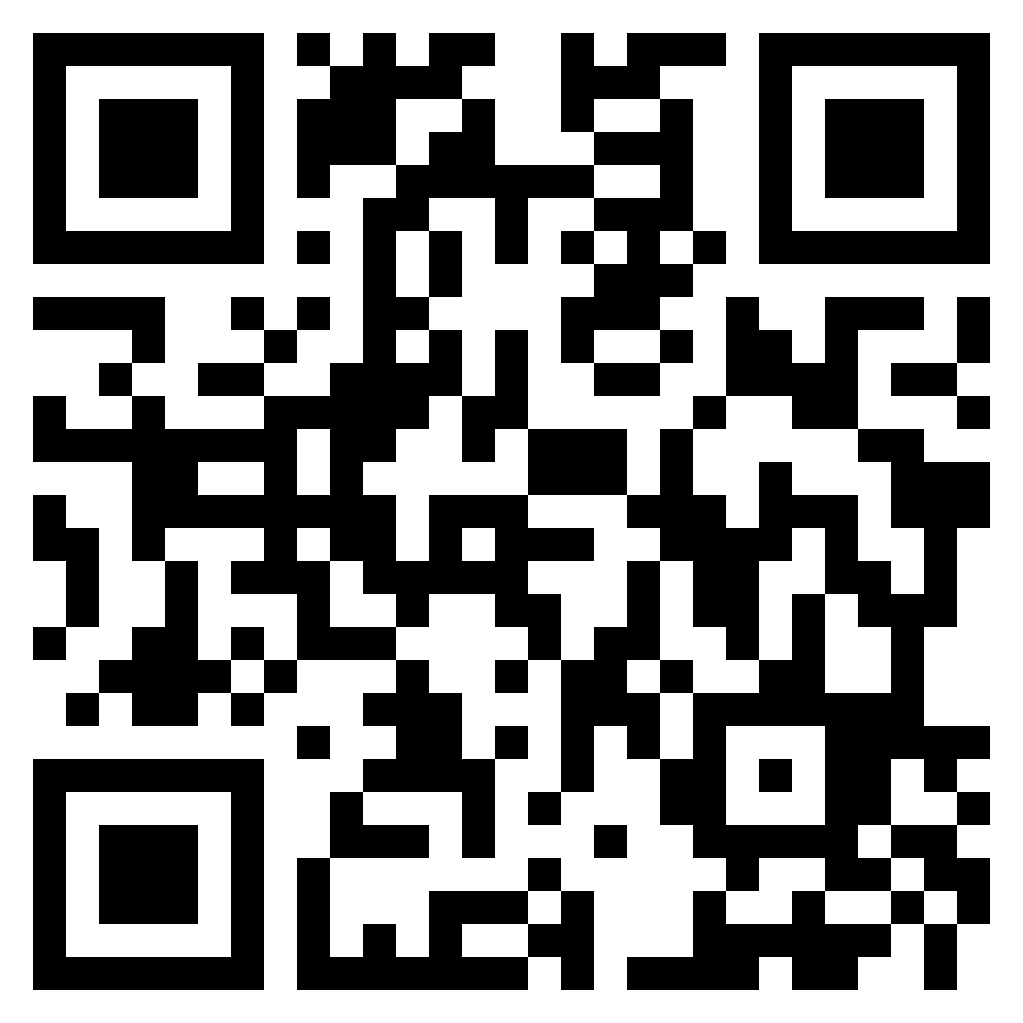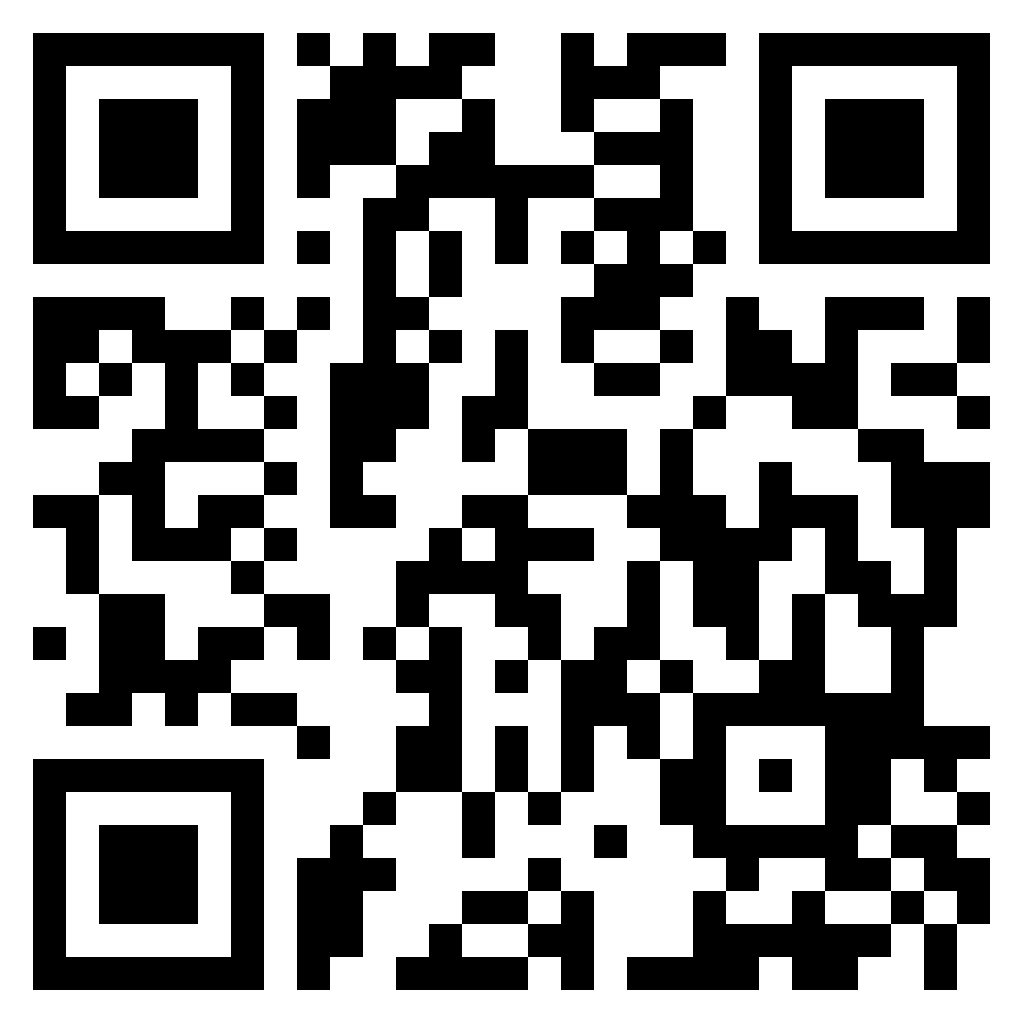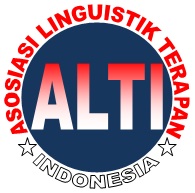The Existence of Conventional Mass Media in the Center of New Media
DOI:
https://doi.org/10.46961/mediasi.v1i1.401Keywords:
Conventional Media, New Media, Existence, Convergence, CMC, Conglomeration,Abstract
The presence of new media (new media) based on Computer Mediated Communication (CMC) that relies on Internet connection is undeniable to change social order in the community. Thus, the existence of the conventional media became a question in the middle of the new media was presented in the social order. Based on Nielsen study in 2018, Indonesian consumers now spend an average of 5 hours every day consuming content, either through conventional media or the Internet. The research also shows that the TV viewing duration is still the highest, which is an average of 4 hours and 53 minutes per day, the duration of accessing the Internet is the second highest which is an average of 3 hours 14 minutes per day; followed by listening to Radio (2 hours 11 minutes), reading the newspaper (31 minutes) and reading the magazine (24 minutes). Beside that, the increase in Internet consumption makes dual-screen habits between digital media and conventional media becomes something common. There are at least 50 percent duplication between TV and Digital, 62 percent duplication on Radio vs Digital, while the print and Digital Media duplication reaches 72 percent. Based on the description, the convergence becomes one of the keys on mass media existence in the present era.Â
References
Borders, Gracie Lawson. 2006. Media Organizations and Convergence. London: Lawrence Erlbaum Associates.
Briggs, Asa & Burke, Peter. 2006. Sejarah Sosial Media. Jakarta: Yayasan Obor.
Erich Schwarz J, dan Gustafsson Veronika. 2013. Business Modelling and Convergence, dalam Media and Convergence Management. New York: Springer Heidelberg.
Fajar, Taufik. 2019. Studi Nielsen: Pemirsa Indonesia Habiskan 5 Jam Nonton Tv, 3 Jam Berselancar di Internet. Dikutip dari https://economy.okezone.com/read/2019/03/05/320/2025987/studi-nielsen-pemirsa-indonesia- habiskan-5-jam-nonton-tv-3-jam-berselancar-di-internet
Iskandar. (2009). Metodologi Penelitian Kualitatif. Jakarta: Gaung Persada.
McQuail, Denis. 2012. Teori Komunikasi Massa (Terj.). Jakarta: Salemba Humanika.
Nasrullah, Rulli. 2012. Komunikasi Antarbudaya di Era Budaya Siber. Jakarta: Kencana Prenada Group.
-. 2014. Teori dan Riset Media Siber (Cybermedia). Jakarta: Kencana Prenada Group.
Nielsen 2017. Media Cetak Mampu Mempertahankan Posisinya. Dikutip dari https://www.nielsen.com/id/en/press-releases/2017/media-cetak-mampu-mempertahankan-posisinya/
-. 2019. Optimizing Communication and Marketing Strategy with Nielsen Total Audience. Dikutip dari https://www.nielsen.com/id/en/press-releases/2019/optimizing-communication-and-marketing-strategy-with-nielsen-total-audience/
Nugroho, Putri, dan Laksmi. 2012. Memetakan Lanskap Industri Media Kontemporer di Indonesia (Edisi Bahasa Indonesia). Laporan. Bermedia, Memberdayakan Masyarakat: Memahami kebijakan dan tata kelola media di Indonesia melalui kacamata hak warga negara. Riset kerjasama antara Centre for Innovation Policy and Governance dan HIVOS Kantor Regional Asia Tenggara, didanai oleh Ford Foundation. Jakarta: CIPG dan HIVOS.
Pavlik John V. 2001. Journalism and New Media. New York: Columbian University Press.
Praditya, Didit. 2012. Perkembangan Surat Kabar Digital di Era Konvergensi. E-Journal Penelitian dan Pengembangan Komunikasi dan Informatika “Digitalisasi dan Konvergensi Mediaâ€. Bandung: Balai Pengkajian dan Pengembangan Komunikasi dan Informatika Bandung (BPPKI), Badan Litbang SDM Kementerian Komunikasi dan Informatika, 135-146.
Sucahya, Media. 2017. Manajemen Media Digital. Tarbawi Vol. 3 No. 01, ISSN 2442-8809, 43-58.
Sugiya, Aritasius. 2012. Strategi Transformasi Konvergensi Media (Studi Kasus Grand Strategy Harian Kompas). Depok: Fakultas Ilmu Sosial dan Ilmu Politik Program Pasca Sarjana Universitas Indonesia.
Sutrisno, Hadi. 1995. Statistik II. Jakarta: PT. Rineka Cipta.
Zulfiningrum, Rahmawati. 2014. Spasialisasi dan Praktik Konglomerasi Media Kelompok Kompas Gramedia. Jurnal ASPIKOM, Volume 2 Nomor 3, Juli 2014, 140-153.
Downloads
Published
How to Cite
Issue
Section
Citation Check
License
You are free to:
- Share — copy and redistribute the material in any medium or format
- Adapt — remix, transform, and build upon the material
- The licensor cannot revoke these freedoms as long as you follow the license terms.
Under the following terms: Attribution; NonCommercial; and no additional restrictions.















